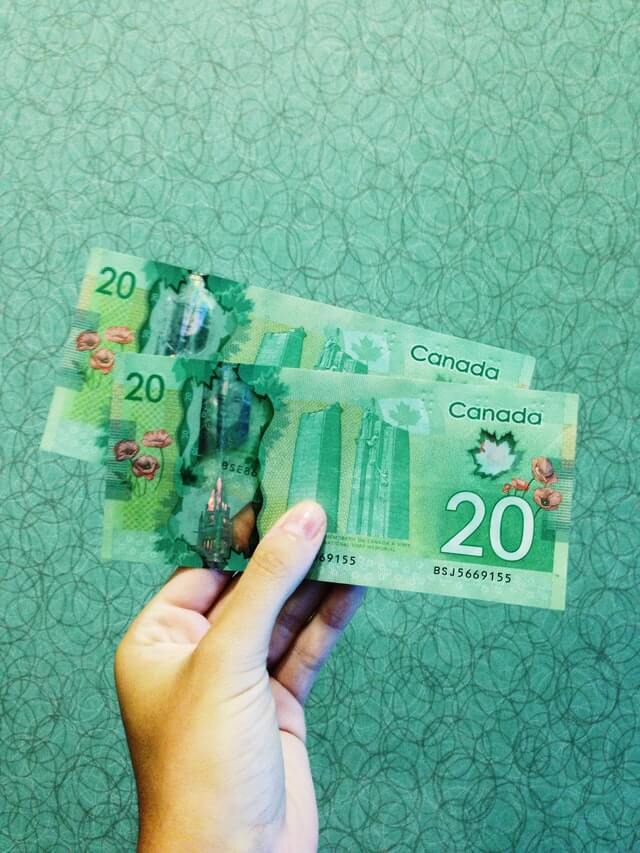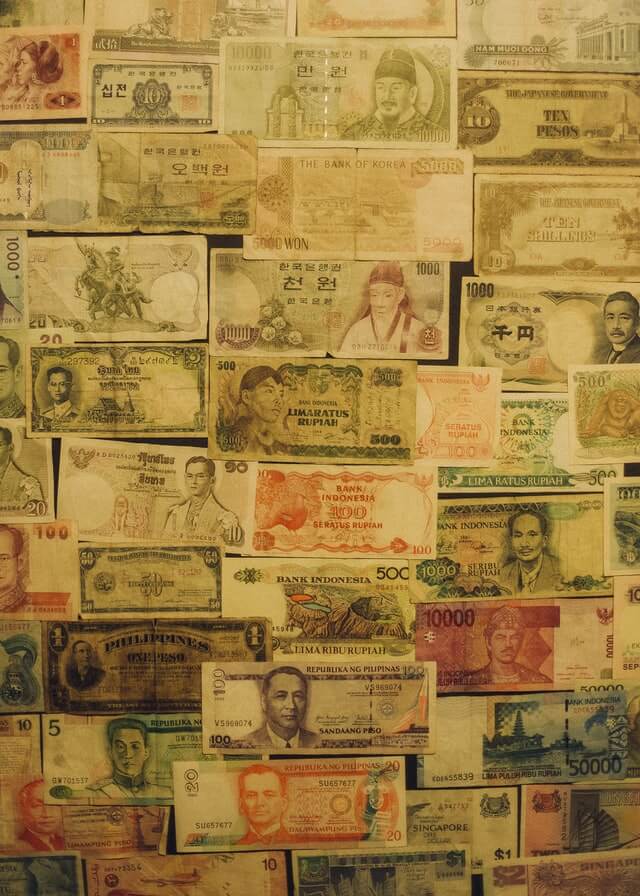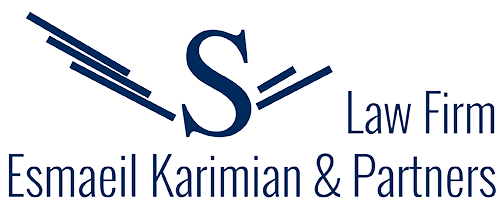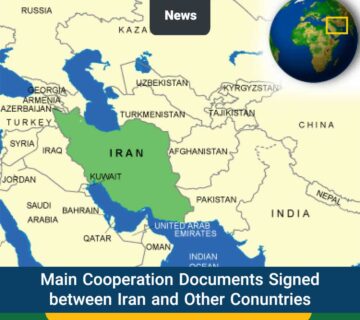In this article you will read:
Foreign Currency Exchange Rates in Iran
1. Introduction
Intermittent sanctions and financial hardship have been interwoven into the fabric of Iran’s economy since the country’s 1979 revolution, giving rise to a system of multitiered foreign currency exchange rates, which – to be fair – is confusing even for Iranians. Several types of foreign currency exchange rates can be identified in different markets and different regions of Iran.
13 Exchange rates claimed to exist at the same time in the past months in the free market. However, only 3 Exchange rates are reliable and exact because other rates are either regional or temporary or designated for certain purposes. It should be noted that the referred 3 exchange rates are: Nima Rate, Free Market Rate and Official Rate (Essential Goods Dollar Rate).
2. Why there are Different Currency Rates in Iran?
In order to describe the historical context of this situation, four main phenomenon should be explained:
(i) Iran’s economy has been under heavy burden of sanctions for the last 40 years and these sanctions have been intensified during Trump presidency. One of the main consequences of this constant situation is volatile foreign currency rates in Iran.
(ii) Two constant decades of expansionary monetary policies have lead Iran’s economy to experience strong waves of inflation and its domestic inflation rate has largely increased in comparison with international inflation average rate.
(iii) Experts suggest Iran’s dependency on natural resources (Oil & Gas) has caused Iran’s economy to be very sensitive toward their global prices.
(iv) Iran’s participation in regional conflicts such as recent conflicts with ISIS has caused high deficit in country’s budget but the government and CBI have successfully managed to reduce it to a very low ratio though it came at the price of high level volatile exchange rates.
You might also be interested in :
3. What are the Three Existing Exchange Rates Called?
Currently, Iran has three exchange rates; the open market rate, the CBI official rate and the NIMA rate (keep reading if you want to know what NIMA stands for).
1. Link to CBI Official Exchange Rate:
https://www.cbi.ir/ExRates/rates_en.aspx
2. Link to NIMA and Open Market Rate:

4. What is CBI Official Exchange Rate?
Due to above-mentioned reasons, Forex market in Iran is highly volatile and therefore supply and imports of food, medicine and other humanitarian goods face challenges, especially after return of US sanctions. To minimalize the effects of this volatile market, the Government fixed a rate for supply of essential products which is currently USD 1= IRR 42,000.
This currency rate is not available for trade in Forex Market and only used for import of medicine and supply of foods such as oil, rice and meat to control their prices in Iranian markets and protect consumers. Therefore, this foreign currency rate is not available even to foreign investors since it has special purposes.
5. What is Free (Open) Market Rate?
This is the exchange rate that most accurately reflects how many Rials it takes to buy one US dollar. The most accessible and commonly quoted rate throughout the country. Open Market rate available to the public and all unofficial exchanges take place in this market.
This Market is very sensitive to political and economic news so it needs to be checked on the day of converting USD/EUR to Rial or vice versa.

6. What is NIMA Rate?
The integrated Iranian FX platform, aka “NIMA”, aiming to facilitate the currency trades for market participants, lunched on April 2018, after massive controversial debates on the nation’s foreign exchange rate volatilities. The four pillars of the market after NIMA are goods and services importers and exporters (including the government itself), intermediaries (banks and exchange houses) and policymaker (the CBI).
NIMA platform, which places a higher value on Rial compared to free marker rate, also follows specific purposes and make it easier for CBI to control the Forex market and its rates. In the first step, the Government has made it mandatory for exporters to sell their incomes in NIMA platform with a fixed rate declared by CBI. On the other hand, importers of specific products would be able to purchase foreign currency from NIMA to buy and import products.

7. What have Multiple Rates Done to the Iranian Economy?
There is a consensus that the economy should move towards true rate unification in the long run since multiple rates beget corruption and enable rent-seeking activities (taking more out of the economy than one puts in). The multi-layered currency regime and failed endeavors to make it go away have also played a role in continuously devaluing the Iranian Rial over the years.
Our team is composed of highly skilled and versatile lawyers who combine practical experience and academic knowledge of their field. Most of our practitioners have worked in different professional environments, often outside their home jurisdiction.





No comment